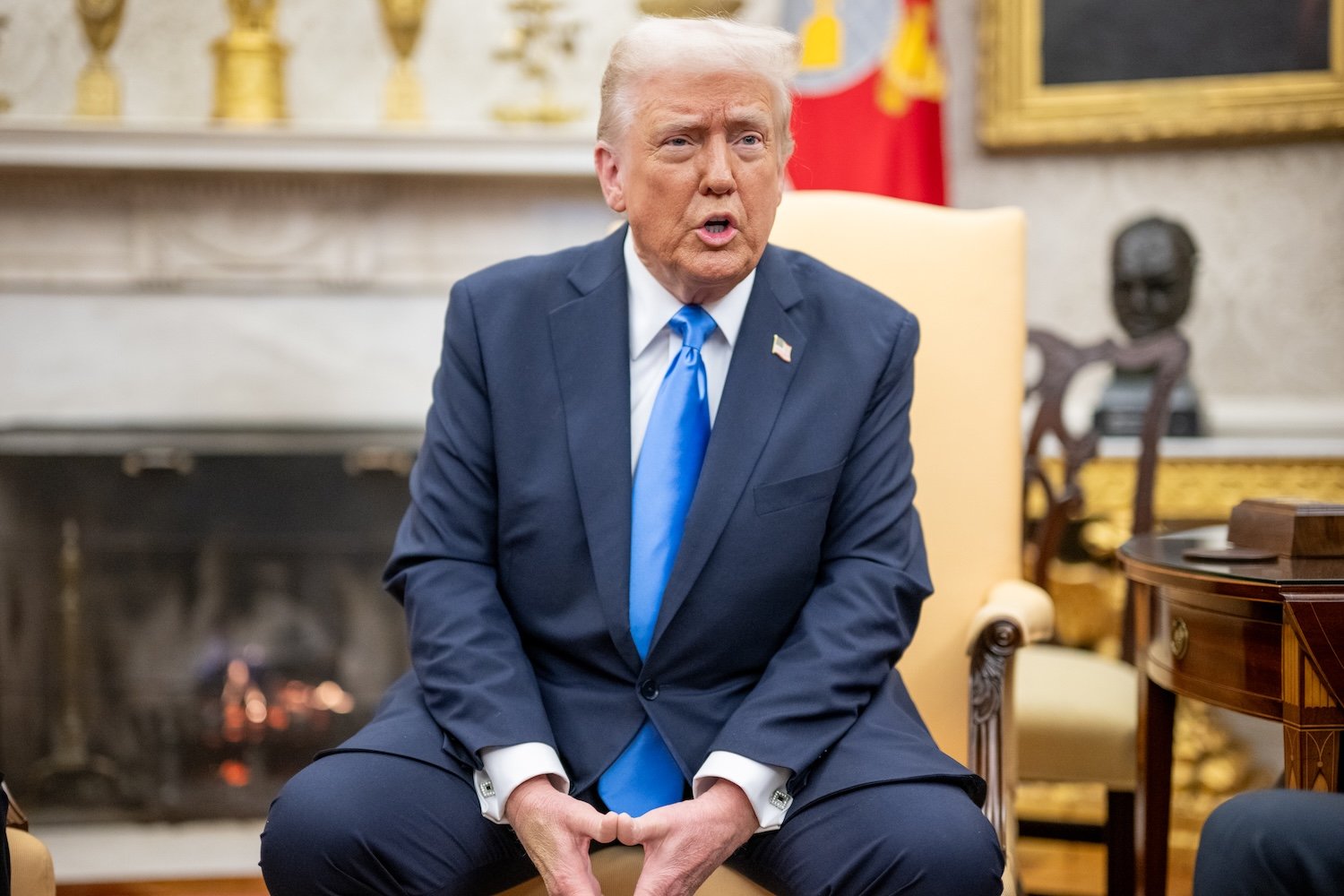A potential move by the Trump administration could have severe implications for HIV prevention efforts in the United States. According to reports, the federal government is exploring significant reductions in funding for domestic HIV prevention programs.
The Wall Street Journal initially reported on the proposed funding cuts, citing sources familiar with the matter. If implemented, these cuts would jeopardize the substantial progress made towards eliminating HIV as a major public health issue in the U.S.
The federal budget for HIV prevention is primarily administered by the Centers for Disease Control and Prevention (CDC) through its National Center for HIV, Viral Hepatitis, STD, and Tuberculosis Prevention (NCHHSTP). In 2023, the CDC’s total operating budget for managing these diseases was approximately $1.3 billion, with three-fourths allocated to state and local health agencies, community organizations, and research institutions through grants and agreements. The funding has yielded significant results in preventing HIV.
New cases of HIV in the U.S. have consistently declined since the early days of the epidemic. Between 2018 and 2022, the estimated incidence of new infections decreased by 18%, according to the CDC. In 2022, there were an estimated 32,000 new cases, representing a fourfold reduction from the national peak of 130,000 annual cases in the mid-1980s.
These achievements, combined with the availability of effective medications for managing chronic HIV infection and preventing new cases, have made it possible to envision a future where HIV is no longer a significant public health threat. Countries, world leaders, and health organizations have set a realistic goal to end HIV as an epidemic in the near future. At one point, this goal was also shared by President Donald Trump.
During his first term, Trump launched an initiative aimed at ending HIV in the U.S. by 2030, with the goal of reducing new cases by 90% over the next decade. While some experts praised the plan as achievable with sufficient resources, there were also reasons to be skeptical. For instance, the White House proposed changes to Medicare and Medicaid that would have limited access to optimal HIV medications.
In his second term, Trump appears to have abandoned his previous commitment to addressing HIV. In January, he issued an executive order to pause funding for USAID, the U.S. foreign aid agency responsible for managing programs such as the President’s Emergency Plan for AIDS Relief (PEPFAR). Trump has also planned to significantly reduce the workforce at USAID, although the status of this decision is currently uncertain.
PEPFAR, established by President George W. Bush, has been instrumental in preventing an estimated 25 million HIV-related deaths since its inception in 2003. The funding freeze has jeopardized the delivery of essential HIV medications worldwide, potentially leading to preventable deaths. According to the World Health Organization, eight countries are at risk of running out of HIV medications in the near future due to USAID cuts.
While it is unclear whether PEPFAR will be completely eliminated, some of Trump’s conservative allies have opposed the idea. The government has not yet made a final decision on domestic HIV funding cuts. However, Trump and his administration have already implemented widespread layoffs at the CDC and the National Institutes of Health, with some employees invited back later.
If these funding cuts are implemented, they will undermine years of collective efforts to combat a once universally fatal disease.
Source Link




